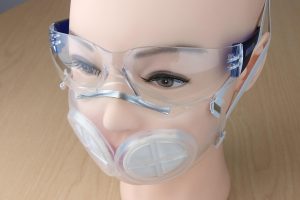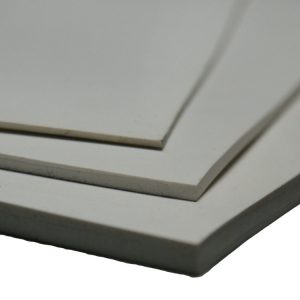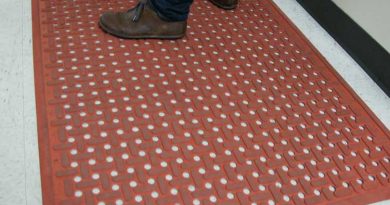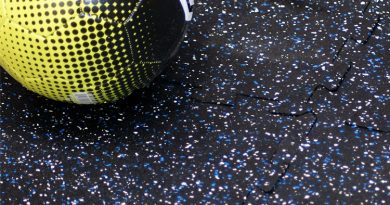How FDA Approved Silicone is Used for COVID-19 Prevention
According to MIT News, a news site run by Massachusetts Institute of Technology, scientists and researchers at MIT, Brigham and Women’s Hospital have been working to develop a new protective face mask made out of FDA approved silicone. With the number of COVID-19 cases continuously rising, there has been a shortage of the N95 masks health care workers use. Unlike the N95 mask, these new silicone masks are meant to be sanitized and reused many times. Hospitals have just begun sanitizing their N95 masks; however, they can only be sanitized a certain number of times before the chemicals used to sanitize them starts degrading the material. Researchers landed on silicone rubber for the development of these new masks due to their durability.

Silicone is the perfect material to make protective face masks because it is FDA approved and is durable enough to handle everyday use and sanitizing chemicals. Researchers have also experimented with the concept of sterilization using steam. Silicone is the ideal material for creating reusable masks because it can withstand outdoor environments, moisture, chemicals and heat. Common cleaners can be used to sanitize a mask with out the worry of it eventually degrading. Additionally, silicone is a tough material that is difficult to puncture or tear making them a safe choice for COVID-19 prevention.

FDA approved silicone can be used for a variety of applications where materials for human consumption are being stored, transported or made. Here at Rubber-Cal, our FDA silicone products are often used in food storage, food processing, high-temperature gaskets and sterile laboratory equipment. FDA approved silicone is durable enough to withstand the high temperatures of baking.



